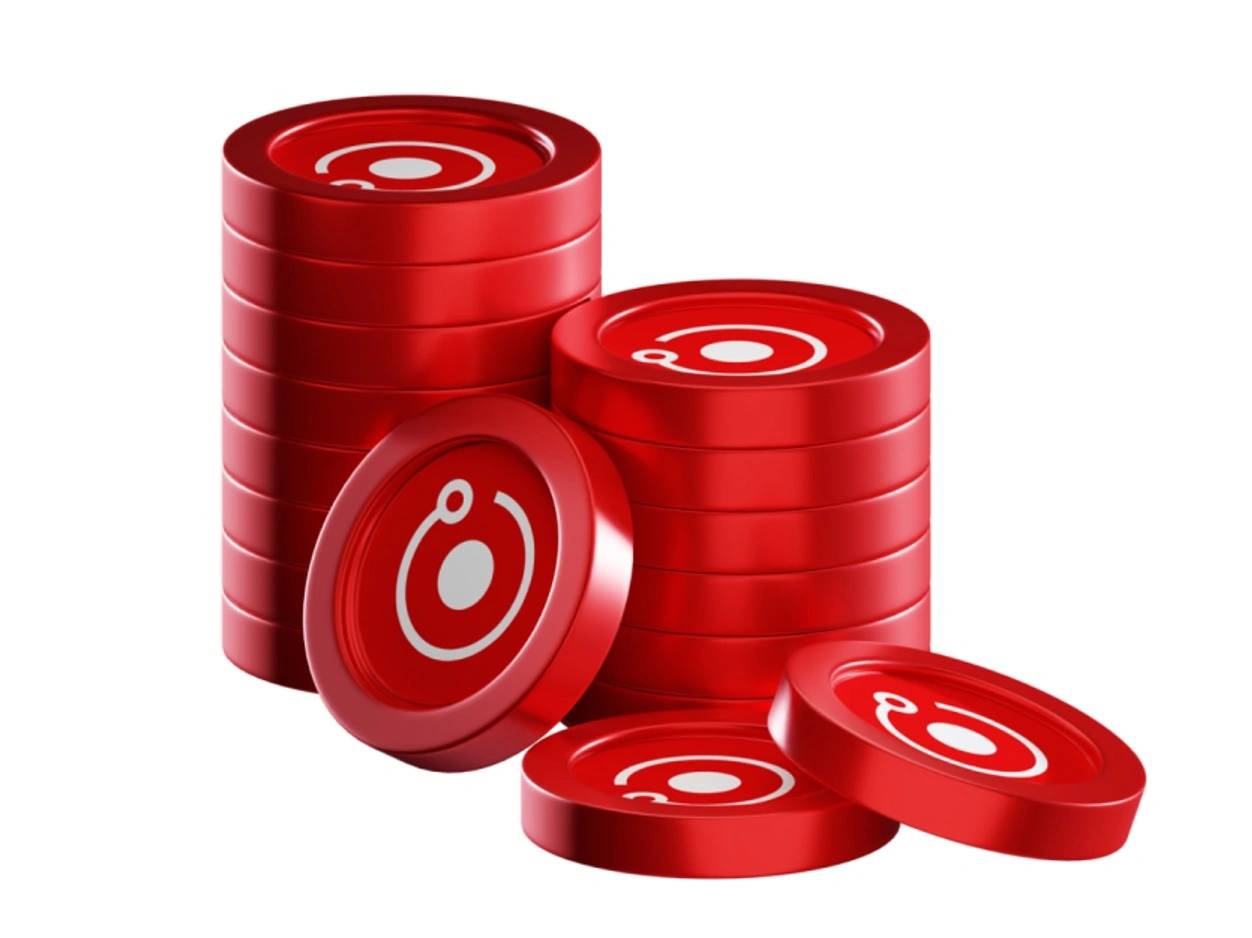위키 구독하기
Share wiki
Bookmark
RNDR Token
RNDR Token
RNDR은 분산형 그래픽 처리를 가능하게 하는 프로토콜인 렌더 네트워크를 구동하는 이더리움 토큰입니다. RNDR은 렌더 네트워크의 아티스트들이 GPU 제공업체(노드 운영자)로부터 GPU 컴퓨팅 성능을 교환하는 데 사용됩니다. [1][2][3]
토큰 경제학
RNDR의 IEO(Initial Exchange Offering)는 2017년 10월 6일부터 10월 12일까지 진행되었으며, 이후 2018년 1월부터 2018년 5월까지 프라이빗 세일이 진행되었습니다. 이 기간 동안 총 4,650,922개의 RNDR 토큰이 토큰당 $0.25의 가격으로 판매되었습니다. RNDR의 총 공급량은 536,870,912개로 제한됩니다. 프라이빗 세일 기간 동안 초기 사용자들은 RNDR 베타 테스트넷에 참여하여 베타 노드 운영자와 아티스트들이 2020년 4월 27일 공개 출시될 때까지 RNDR팀과 협력하여 네트워크를 구축하고 테스트했습니다. [4][5][6]
RNDR 토큰의 25%는 대중에게 판매되었고, 10%는 RNDR 준비금으로 배정되었으며, 나머지 65%는 현재 에스크로우에 보관되어 네트워크의 수요와 공급 흐름을 조절하는 데 사용됩니다. [5]
제네시스 메인넷 출시는 2019년 6월 24일에 이루어졌으며, 프로젝트는 Ropsten 테스트넷에서 이더리움 메인넷으로 이전되었습니다. 그 후 팀은 2020년 3월 Probit 거래소에서 450만 개의 RNDR 토큰을 구매할 계획을 발표했으며, 당시 시장 상황을 활용했습니다. 최종 제품은 2020년 4월에 출시되었습니다. [4]
렌더 네트워크는 또한 크리에이터가 PayPal과 Stripe를 사용하여 네트워크에서 렌더링 성능을 구매할 수 있는 RNDR 크레딧을 도입했습니다. 이 크레딧은 교환할 수 없으며 네트워크에서만 사용할 수 있습니다. [5]
유틸리티
렌더 네트워크의 RNDR 토큰은 분산형 RNDR 네트워크에서 애니메이션, 모션 그래픽 및 시각 효과(VFX) 렌더링 비용을 지불하는 데 사용되는 ERC-20 호환 유틸리티 토큰입니다. 이 프로토콜에 따라 최신 GPU를 보유한 사람이라면 누구든 토큰과 교환하여 렌더링 성능을 기증할 수 있습니다. [5]
렌더 토큰을 구매하고 저장함으로써 사용자는 네트워크에서 다양한 렌더링 및 스트리밍 서비스와 토큰을 교환할 수 있습니다. 이 교환 과정에서 네트워크는 RNDR 스마트 계약에 렌더링/스트리밍을 처리하는 사람 또는 서버와 렌더링 서비스를 요청하는 사람 모두와 거래를 진행하도록 요청합니다. 작업 비용은 렌더 토큰으로 계산 및 결정됩니다. 할당된 렌더링 작업이 완료되면 스마트 계약이 계정 간에 자금을 이체합니다. 그 후 사용자는 자신의 렌더 토큰을 이더리움으로 인출하고 자발적으로 법정 화폐로 전환할 수 있습니다. [6]
잘못된 내용이 있나요?
